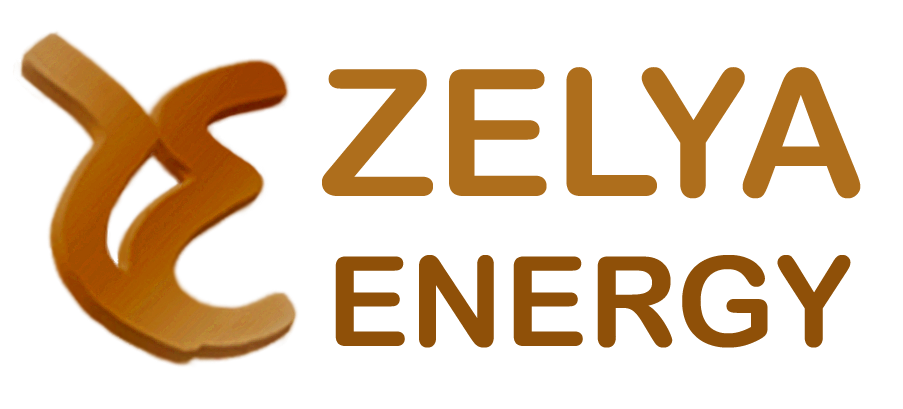With an installed capacity of 3027 MW thanks to 2203 wind turbines installed in 2007, France is only ranked 5th in Europe and the annual production (4.2 TWh) represents only 1% of the total energy consumption. In this context, the government has decided to support the development of the sector by imposing an obligation to buy by Electricity of France, or non-nationalized distributors, of the electricity produced by installations using the mechanical energy of the wind. The decree of July 10, 2006, which should be quickly replaced by a similar decree of the ministry in charge of Energy following its cancellation by the Conseil d'Etat (see Marion Lettry's interview in this newsletter), defined the purchase tariffs and their annual indexing for installations after the date of its publication, July 26, 2006. Understanding the principles of this indexing is better securing the business plan of one's investment. This article highlights the consequences of annual indexing on the purchasing tariff levels of on-shore wind electricity during the first ten years of the investment cycle.
If the basic purchase price (Tb) of the production of an on-shore wind turbine is initially 8.2 c€/kWh if the complete application was filed in 2006, the investor must actually consider an indexing procedure throughout the life of the installation. This indexing is double and depends mainly on the date of the complete application by the operator, and not on the commissioning date of the installation: the initial indexing as of the date of the complete application can obtain the initial tariff (T0) by multiplying the basic purchase rate (Tb) by a coefficient K(AA) from the beginning of commissioning. This coefficient and the initial rate depend on the year of the complete application (AA): T0 = Tb • K(AA); annual indexing on November 1 allows to obtain the current tariff (T) by multiplying the basic purchase tariff (T0) by a coefficient L(11/AA, MM/YY) from November 1 of each year. This coefficient and the current tariff depend on the date of the complete application (MM/AA) and the considered November month (11/YY): T = T0 • L(11/AA, MM/YY).

Let us note that for a given project, the annual indexation takes place every year and the base tariff is therefore multiplied each year by the coefficient L of the November month of the considered year. Coefficients K and L thus depend on the evolution of two indices published monthly by INSEE the index of the hourly cost of labor in mechanical and electrical industries (ICHTTS1) and the producer price index of industry and business services for the entire industry (PPEI). It will be noted that if the ICHHTS1 and PPEI indices follow an exponential trend, this is not the case for the K and L coefficients, which are defined from the ICHTTS1 and PPEI indices by a complex formula.
Overall, the evolution of the two coefficients K and L each experiences two influences. The coefficient K (table 1) decreases wit
